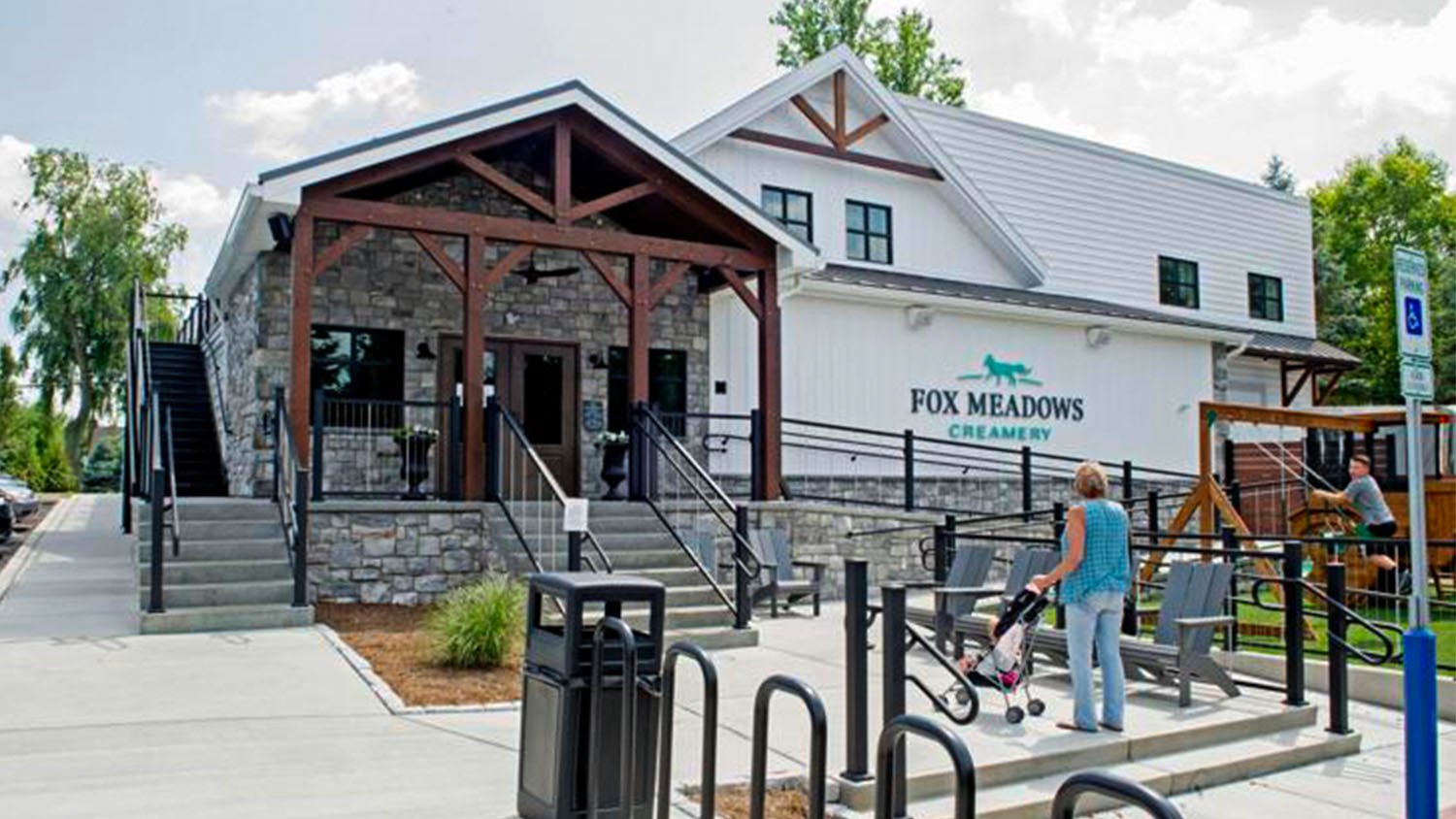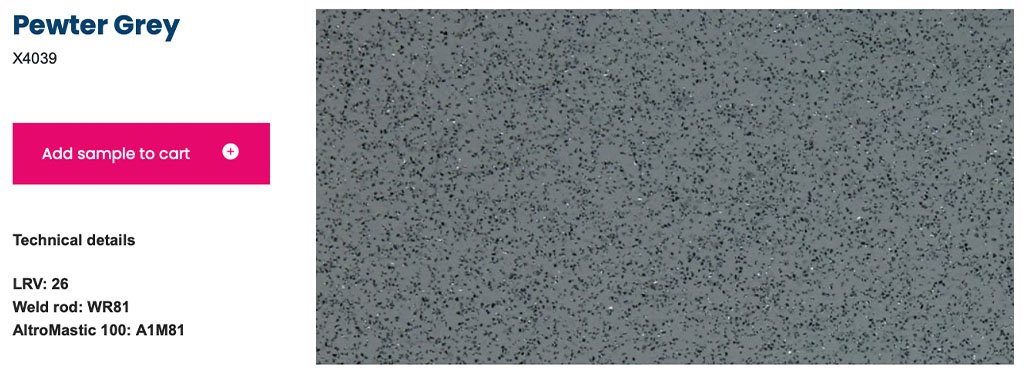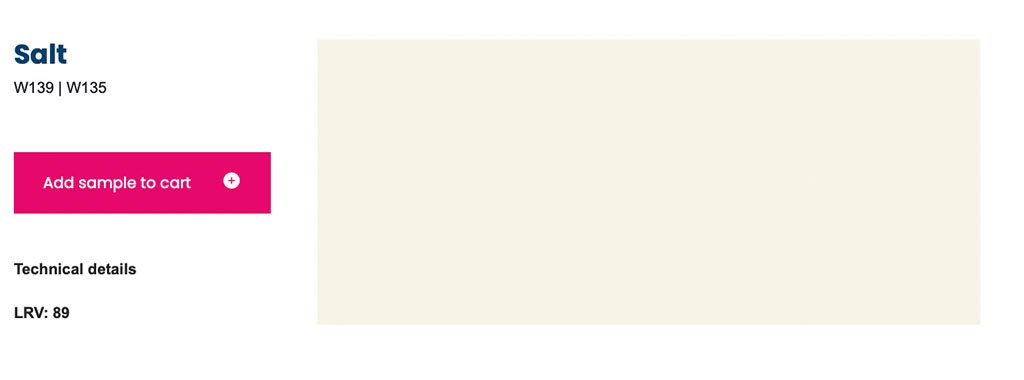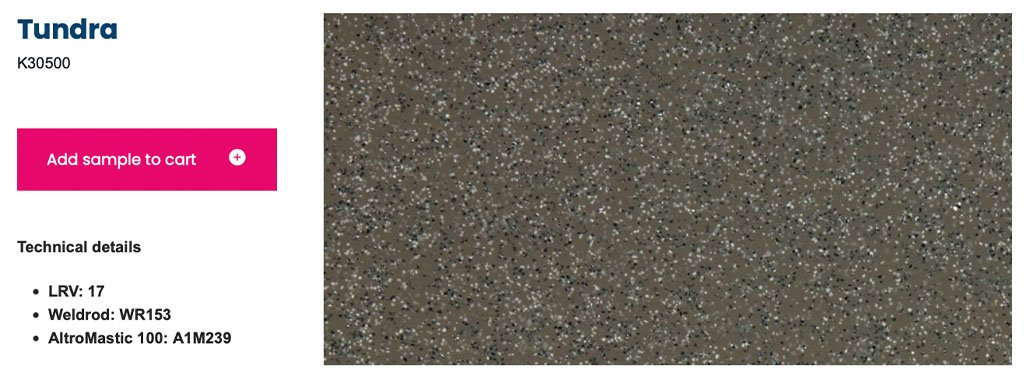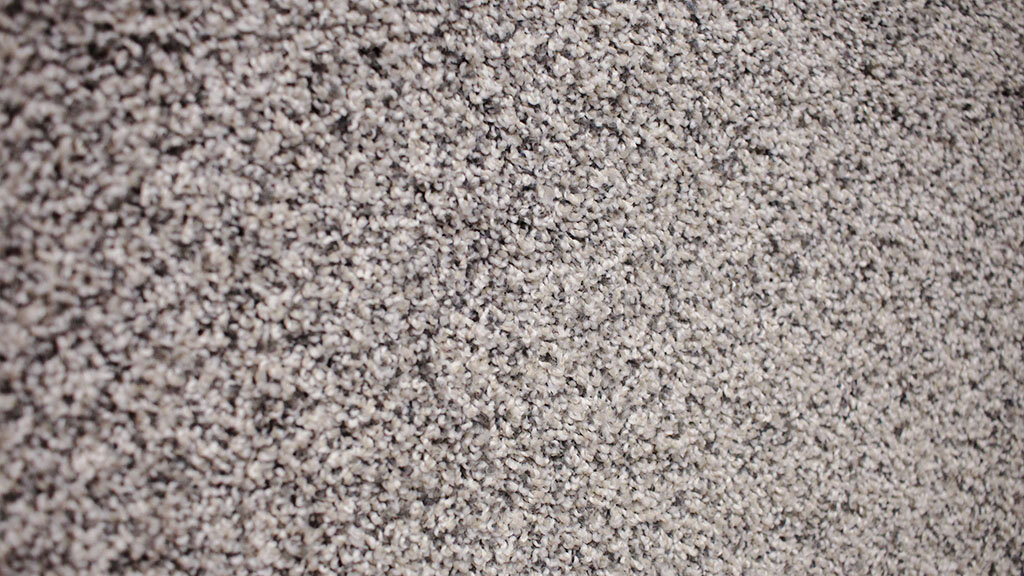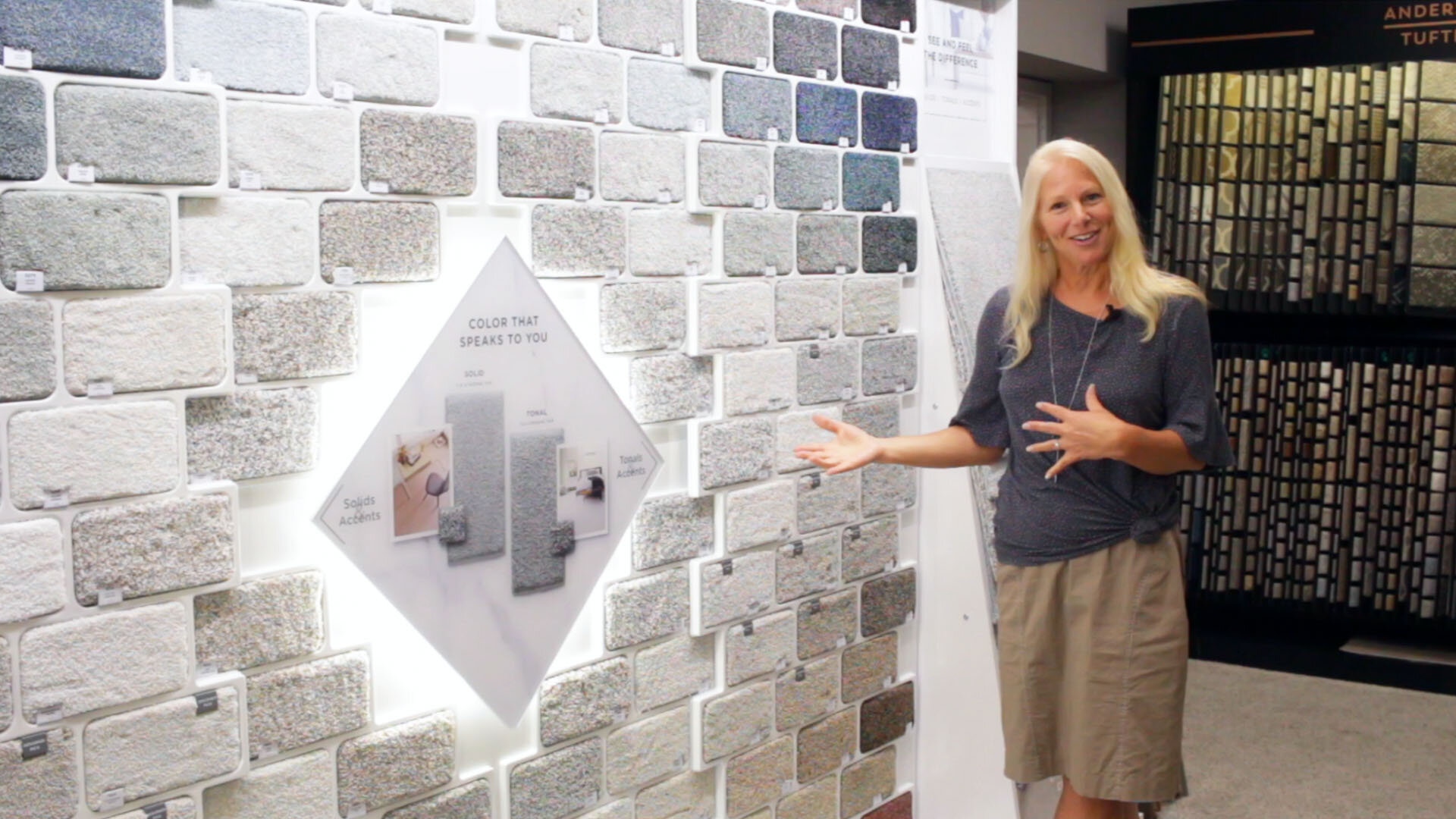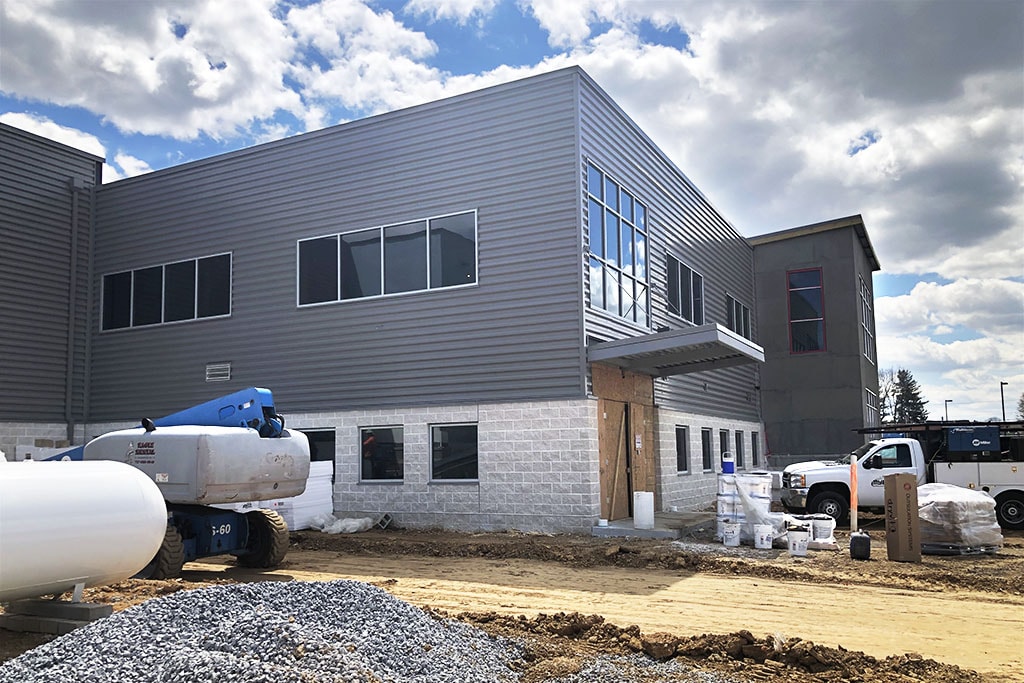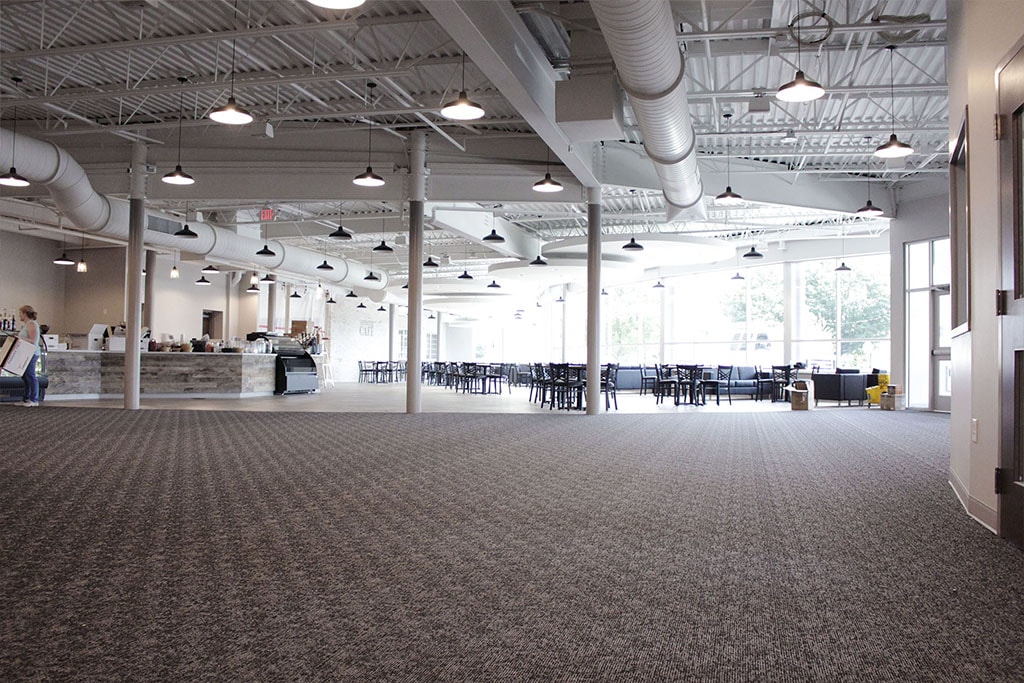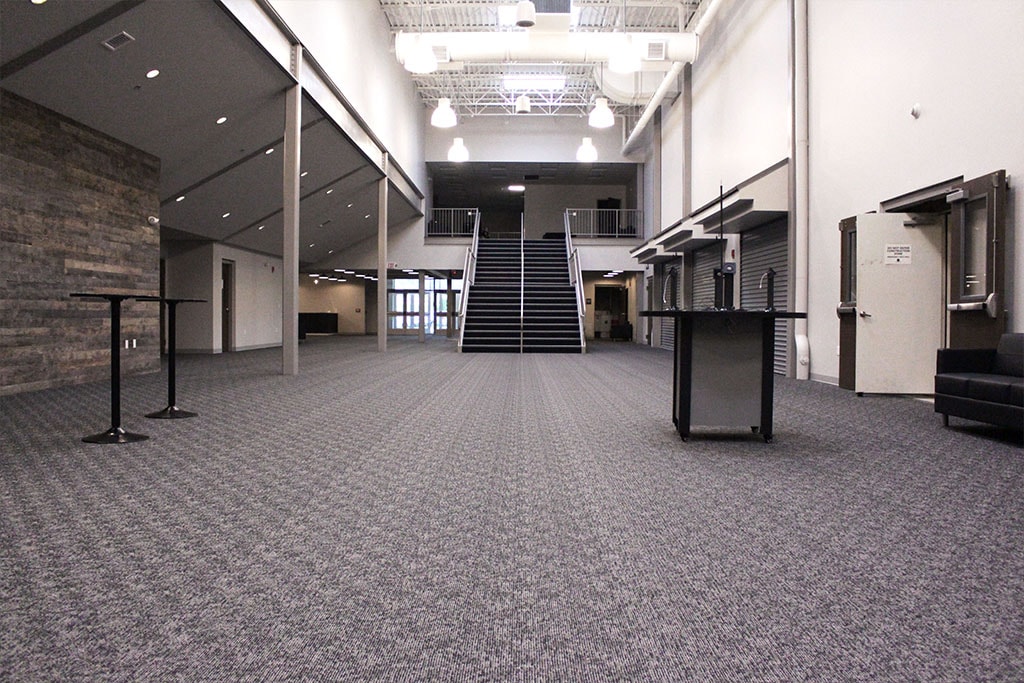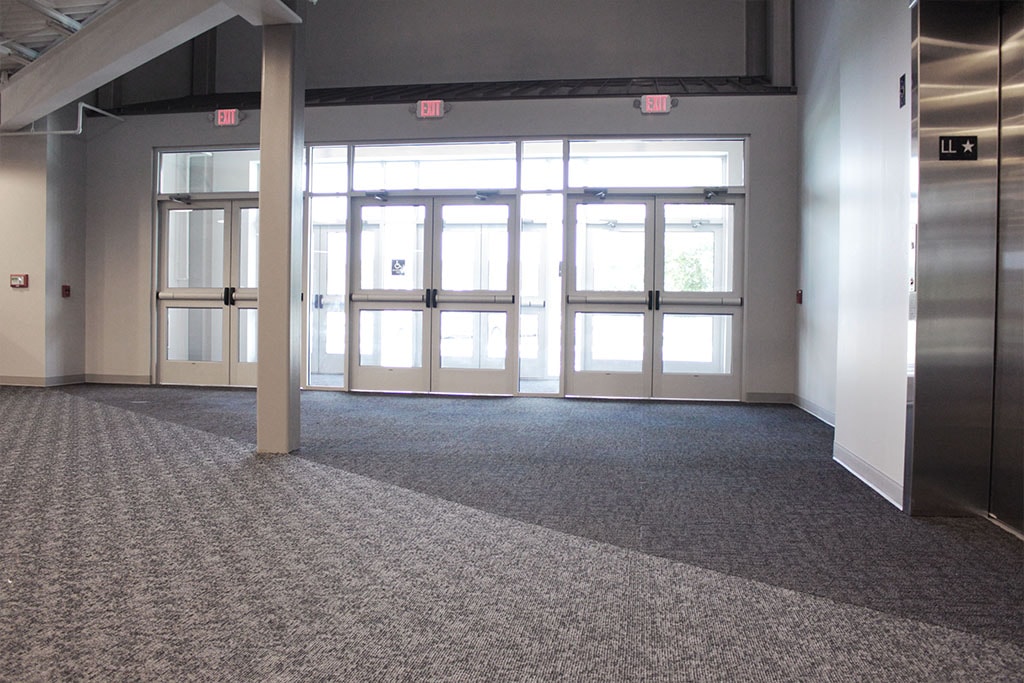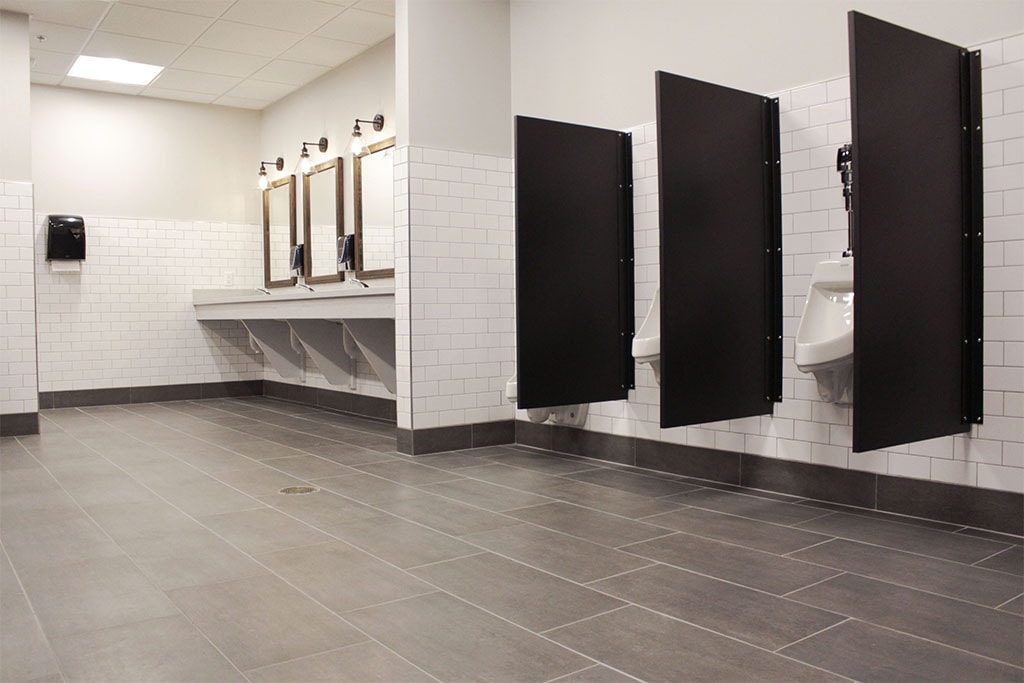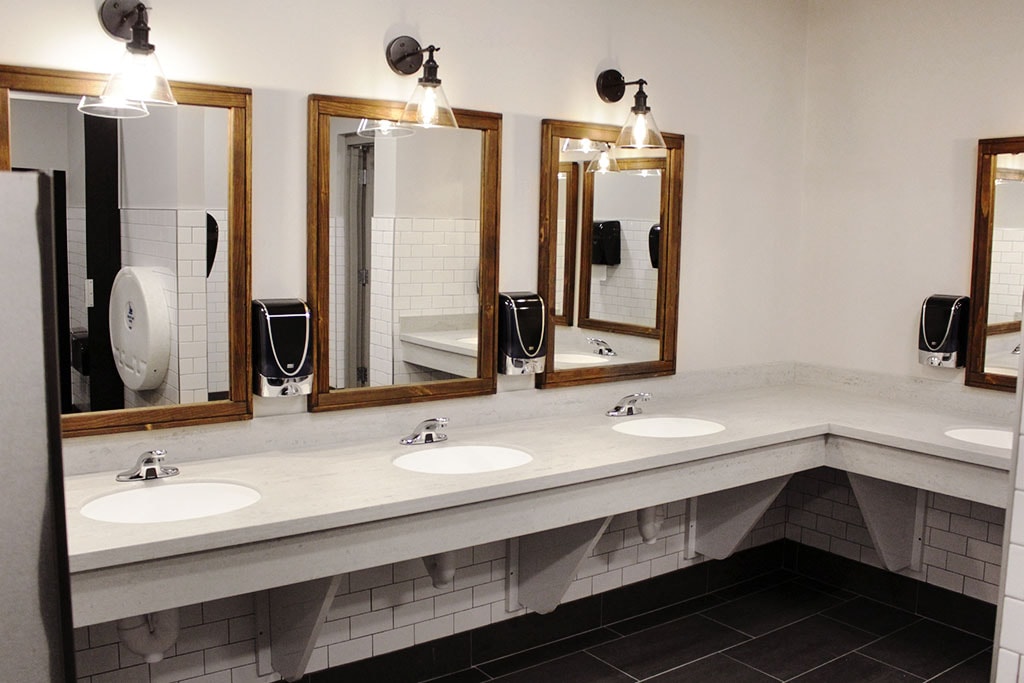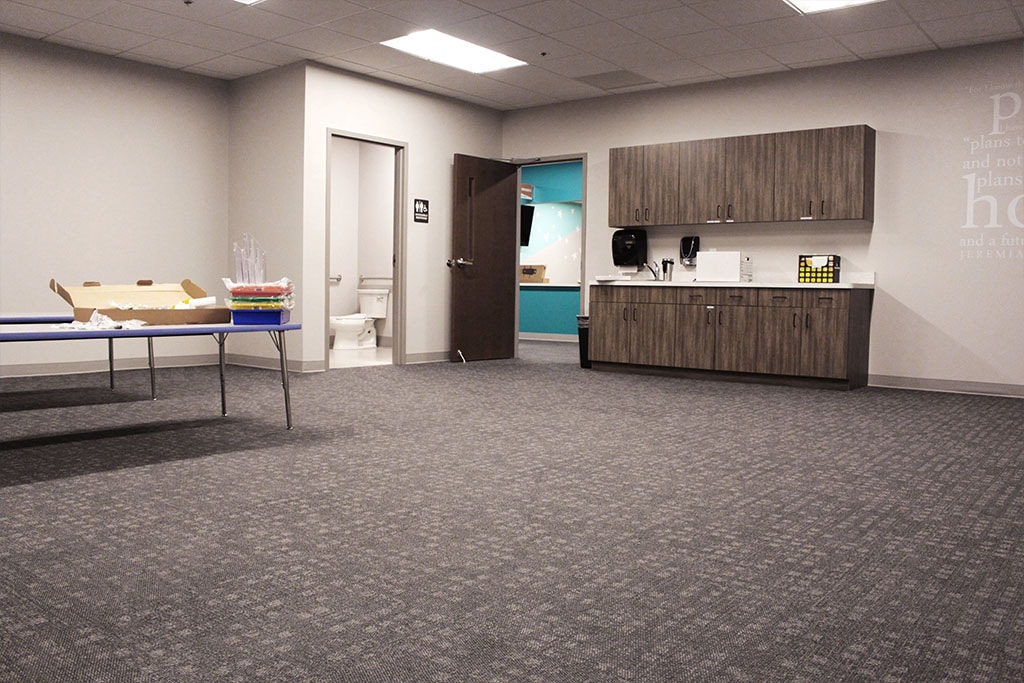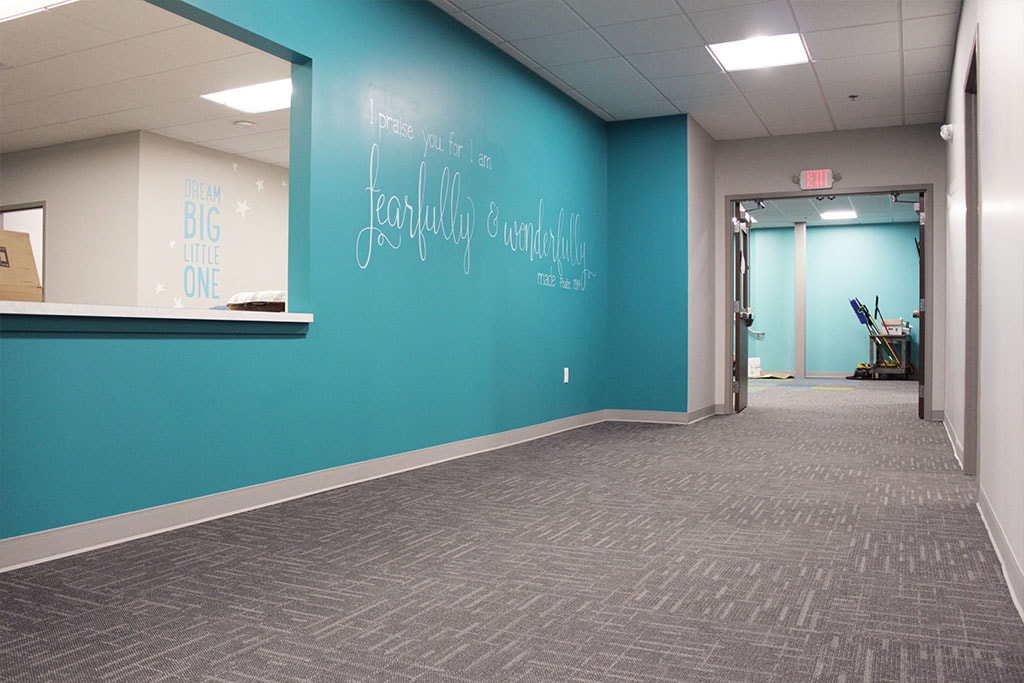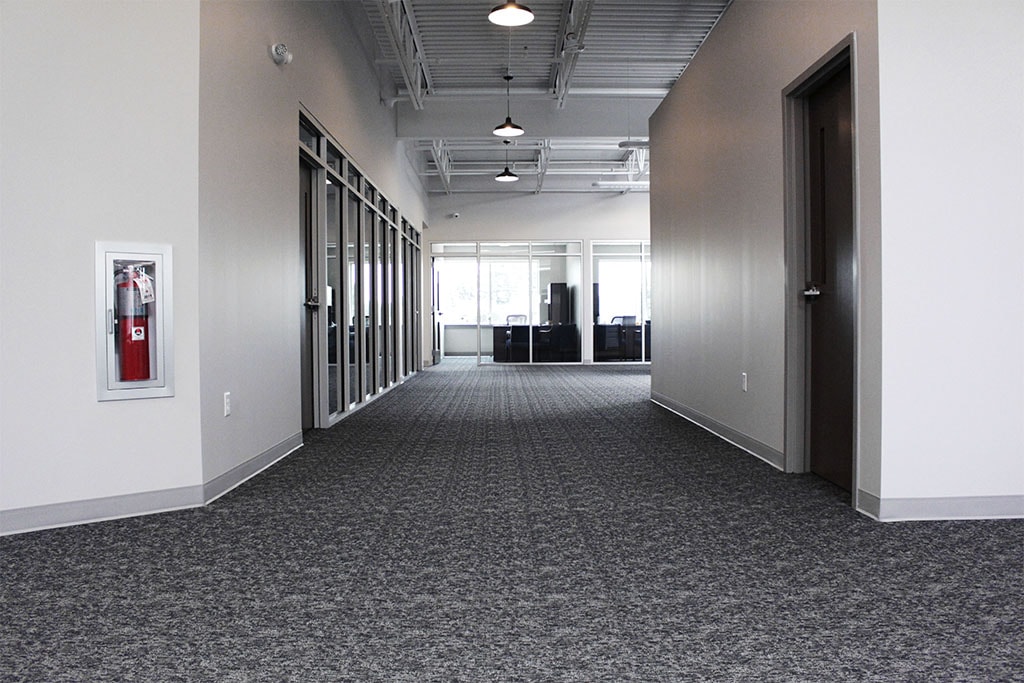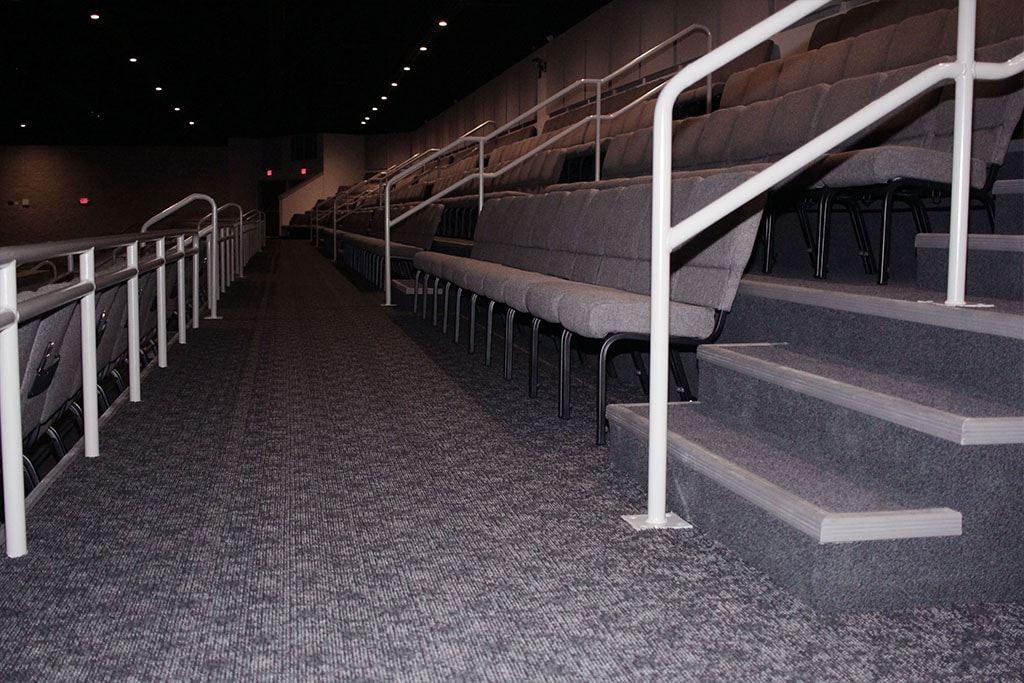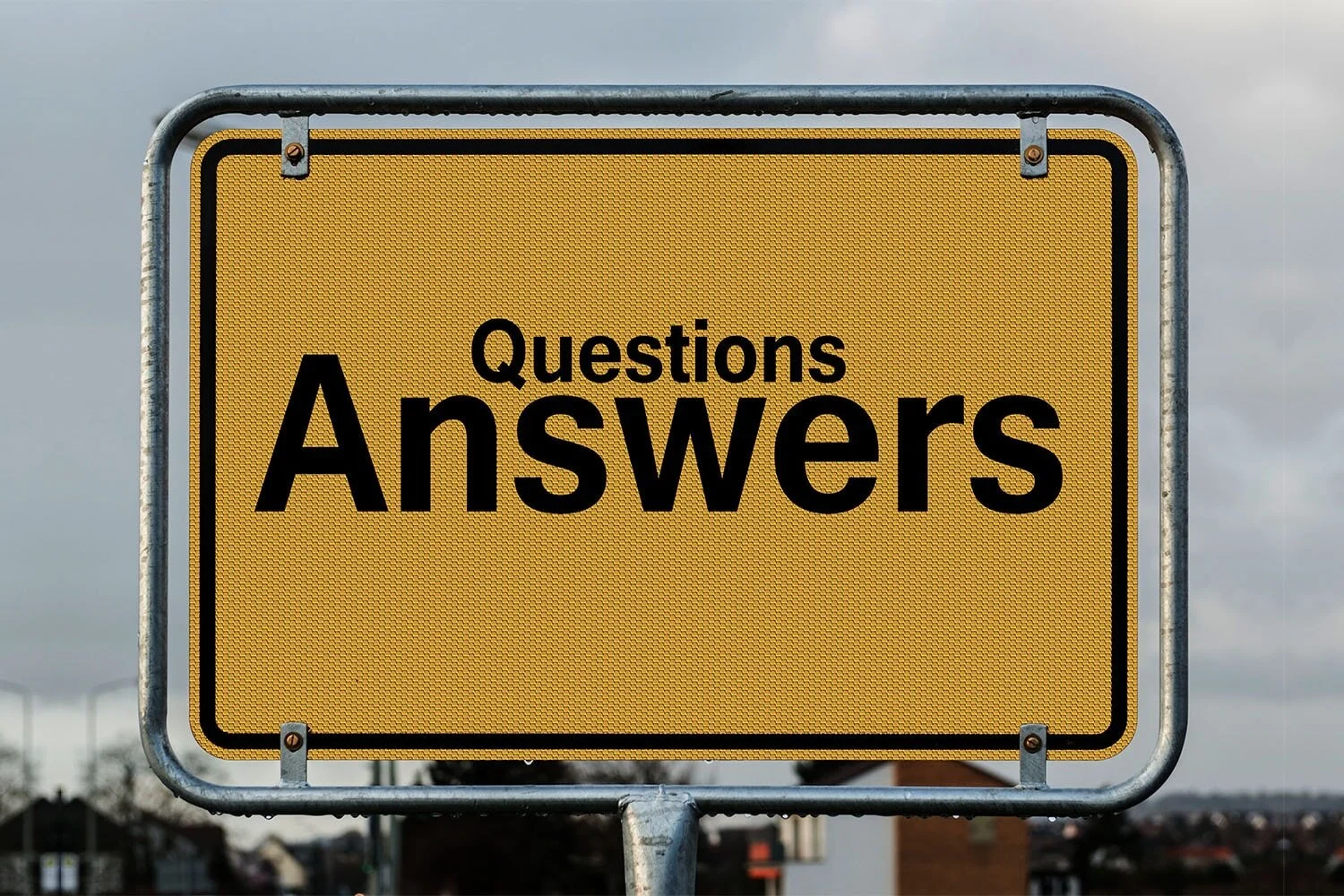When entering the carpet buying decision, it’s helpful to have a good idea of your budget. What’s your range? Knowing your spending range can help you eliminate options outside of it. Because there are so many options of carpet in today’s market, prices vary from less than $2 per square foot to over $15 per square foot, which is a $500 to $3,750 swing for a 250 square foot room! Knowing your budget range can narrow your options which will aid you in making your final selection.
Determining Your Needs
Once you know a range of how much you want to spend, consider what you need your carpet to do. What’s your specific situation? What strengths are you looking for in your carpet? Knowing what you need will help ensure you spend money only on the essential qualities that you need in your carpet. Durability, stain resistance, style, look, etc… These are some of the elements that can factor into the cost (and quality) of a carpet. You want to make sure you’re getting what your situation demands and avoid spending money on the aspects of carpet you don’t need.
Here are some examples of situations and our recommendations:
If you’re a landlord renting out your property, for example, we would advise you to spend your money on a durable carpet with good stain and soil resistance. You can save money by choosing a straightforward style like a level-loop or a high-density, high-twist, cut-pile carpet. (The term pile refers to the carpet’s surface or “face” and twist refers to the amount of twist in each strand of carpet.) Having a dense carpet with high twist adds to the durability! Avoid unnecessary expense from styles like shag, intricately patterned, or cut-and-loop options. Longer strands will cost you more because it’s more material while cut-and-loop carpets cost more because of the extra time and effort in the manufacturing process. Also, a tip for landlords is to educate your tenants on carpet care, which will save you money on carpet replacement in the long run.
If you’re planning on selling your home, look for an option with a lower price tag but still has a full and appealing look. Wool, nylon, and triexta are the best carpet fibers for longevity, stain-resistance, and comfort, but they’re also the most expensive, and you’re not even going to get to enjoy them! That’s why polyester is probably your best choice; It’s less expensive, provides good value for your money, and looks nice. Olefin (or polypropylene) is another inexpensive option, but it’s more commonly used in commercial applications.
If you’re a homeowner with kids, a triexta or polyester carpet will provide inherent stain resistance while a nylon or wool will keep looking good longer. Polyester will crush sooner than nylon, showing wear in a few years in high-traffic areas. So polyester can definitely be a win for kids’ rooms while nylon would be a good choice for hallways, stairs, and the main living room. Also, we recommend getting a multi-colored (marbled) option that will hide dirt and stains better than a solid colored carpet. Avoid a white carpet! The darker/marble-colored carpets will save you money from having to replace a worn-looking carpet.
If you’re a homeowner with pets, avoid getting a loop-pile carpet as your pet’s nails can snag the loops. While loop-pile carpets are acclaimed for durability, they’re no match for those claws! Stain resistance will be an important quality to spend money on as well, so a polyester carpet would be a good option. Where durability is key, we recommend a quality nylon carpet.
If you’re a homeowner without kids or pets (and you’re planning to live in your house for 10+ years), we would recommend spending the money for a quality carpet that will last. Wool, nylon, or triexta are good options. If you want to save money, polyester can be a good option for low-traffic areas. If you’re not often entertaining and spills aren’t a constant concern, you can go with a lighter color to make your rooms feel bigger!
Some More Heads Up Related to Budget
As you’re considering your budget, remember to think in terms of total project spend. You’re buying carpet, carpet pad, and likely the labor to install it as well. This includes a lot more than that dollar per square foot price you’re looking at on the display. We advise you to come to the store with a rough estimate of room sizes and layout. This will help us give you a ballpark idea of total project cost while you’re perusing.
Our process at D&S: When you're ready to buy, a sales team member from D&S will come out to you, take a free on-site measurement, and send you an estimate within seven business days.
This estimate will include padding, installation, seaming, stairs (if applicable), thresholds, the moving of furniture, and the removal of old carpet or other flooring and materials. You can save money by doing the demolition and carpet removal yourself!
Keep in mind, there may be extra carpet that you’re paying for. At D&S, we never add more carpet than is needed, but there can be excess carpet in certain situations. If a room is over 12 feet wide and 12 feet long, as in a room that’s 15’ x 18’ for example, there’s going to be a good chunk of carpet cut and not used. This is because of two reasons: One, broadloom comes in 12’ wide rolls, so a seam will be needed. Two, the seams needs to be made with a carpet that’s running in the same direction. (It has to do with how the carpet is constructed in the backing.) If two sections of carpet of the same colored carpet are installed in different directions, they will look like two different colors! When there is a pattern in the carpet, there can be even more excess carpet because of cuts needed to make the carpet’s pattern match up as well as to reduce the amount of seams needed. Similarly with padding, which comes in 6-foot-wide rolls, you’re likely to spend some money on excess padding depending on room size and layout.


